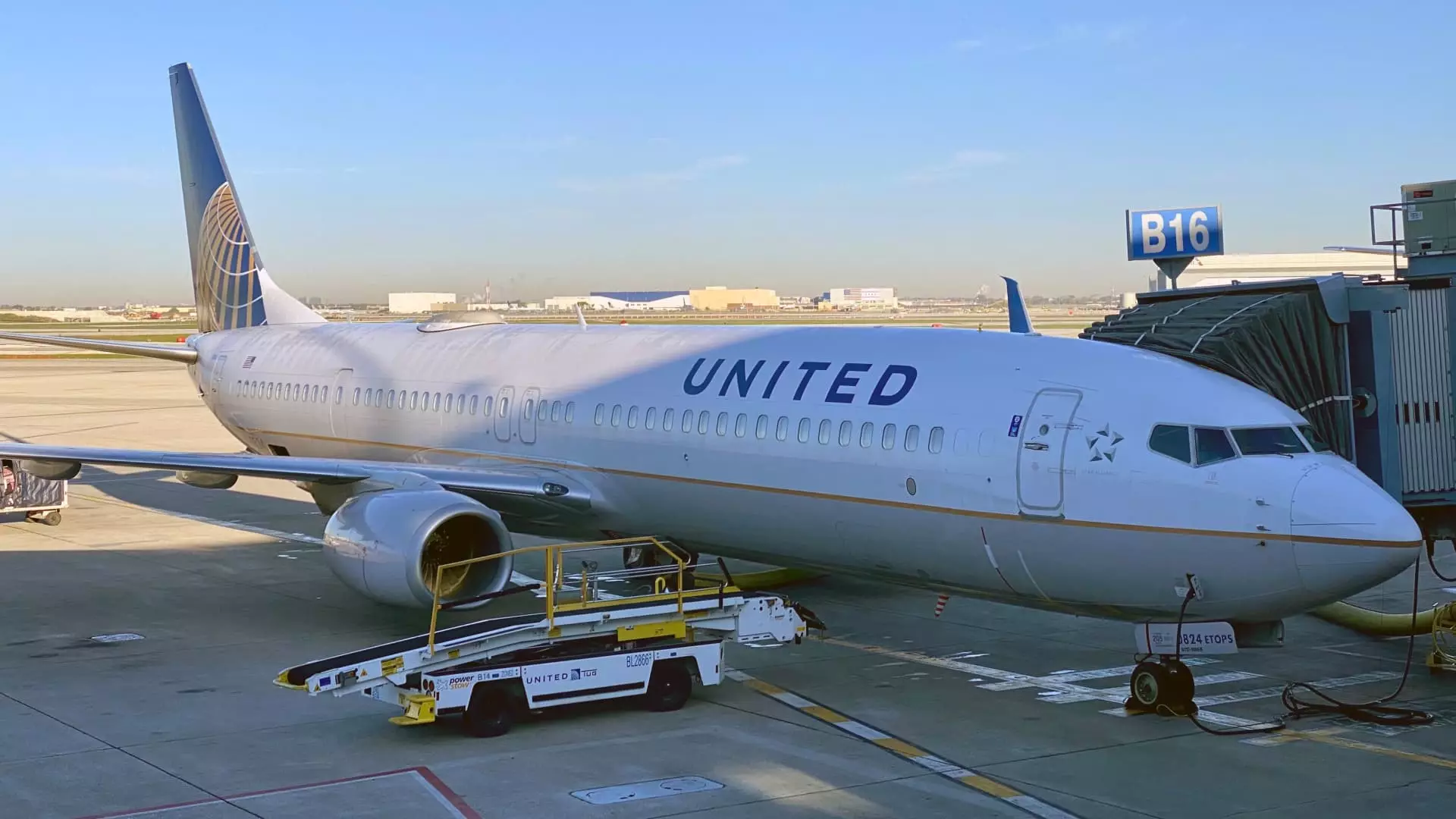Bad weather is often cited as a common reason for flight delays. However, the reality is that a thunderstorm hundreds of miles away can still disrupt flights even in clear and sunny conditions. The Federal Aviation Administration may issue ground stops to prevent traffic from departing for a specific airport to prevent facilities from becoming overloaded.
Thunderstorms are particularly challenging to predict compared to larger weather systems like winter storms or hurricanes. These sudden and unpredictable weather events can force flights to depart late or take longer routes to avoid the bad weather, resulting in delays for arriving aircraft.
United Airlines has introduced a new way to communicate flight delays to passengers. The airline now sends live radar maps to travelers via text messages to provide real-time updates on weather conditions that may impact their flights. This proactive approach aims to keep passengers informed and prepared for potential disruptions.
United Airlines is leveraging generative artificial intelligence to analyze various factors contributing to flight disruptions, such as mechanical issues, airport congestion, and bad weather. By partnering with flight-tracking platform FlightAware, the airline can provide travelers with detailed information on the causes of delays, empowering them to make informed decisions.
United Airlines will put its technology to the test during high-traffic periods like the July Fourth holiday, when a record 5 million travelers are expected to fly. By equipping passengers with live radar maps and other relevant data, the airline aims to minimize the impact of flight delays and improve the overall travel experience for customers.
The use of live radar maps and generative artificial intelligence marks a significant advancement in flight delay communication. By keeping passengers informed about weather-related disruptions and other factors affecting flights, airlines like United are enhancing transparency and customer service. This innovative approach not only helps travelers better understand the reasons behind delays but also allows them to adjust their plans accordingly. As technology continues to evolve, we can expect further improvements in how airlines communicate with passengers during unforeseen circumstances.

